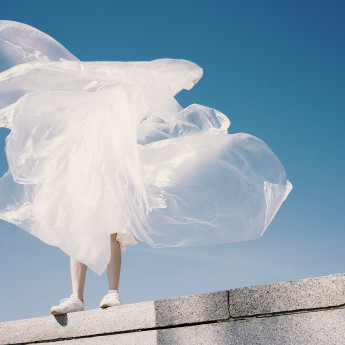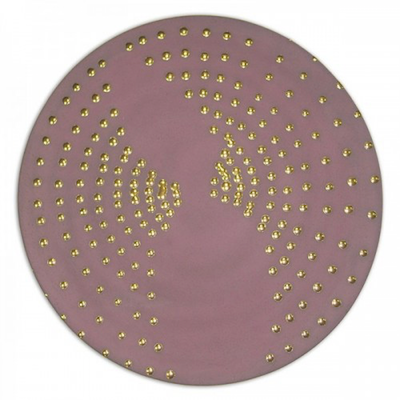
Details
Artist
Styles
Hand Signed - Numbered // Zyklop Rot by Otto Piene, created in 1984, is a striking mixed-media print that combines bold color with abstract, biomorphic forms. The artwork features a vivid, fiery red shape resembling a creature or a head with swirling, spiral-like patterns, set against a contrasting deep blue background. The intense red figure, outlined in dark tones, evokes a sense of movement and energy, as if pulsating with life. Piene, a pioneer in kinetic and light art, often explored themes of light, color, and movement, and here he achieves a sense of dynamism through contrasting colors and textures. Measuring 76 cm by 108 cm, this piece invites viewers to engage with its intense visual impact, capturing both mystery and energy through abstract form.
Zyklop Rot, 1984
form
Medium
Size
76 x 108 cm
- Inches
- Centimeters
Edition
Price
- USD
- EUR
- GBP
Details
Artist
Styles
Hand Signed - Numbered // Zyklop Rot by Otto Piene, created in 1984, is a striking mixed-media print that combines bold color with abstract, biomorphic forms. The artwork features a vivid, fiery red shape resembling a creature or a head with swirling, spiral-like patterns, set against a contrasting deep blue background. The intense red figure, outlined in dark tones, evokes a sense of movement and energy, as if pulsating with life. Piene, a pioneer in kinetic and light art, often explored themes of light, color, and movement, and here he achieves a sense of dynamism through contrasting colors and textures. Measuring 76 cm by 108 cm, this piece invites viewers to engage with its intense visual impact, capturing both mystery and energy through abstract form.
- Recently Added
- Price (low-high )
- Price (high-low )
- Year (low-high )
- Year (high-low )
What is the Zero Movement?
ZERO was an art movement founded by Otto Piene and Heinz Mack, aiming to develop into a large international and cross-border movement. The name ZERO originated from a magazine founded by Heinz Mack in 1957, which became a platform for the group's ideas. The magazine was published for several years before ceasing in 1967. The ZERO movement sought to create a new beginning in art, emphasizing light, space, and movement, and became influential in post-war European art.



















